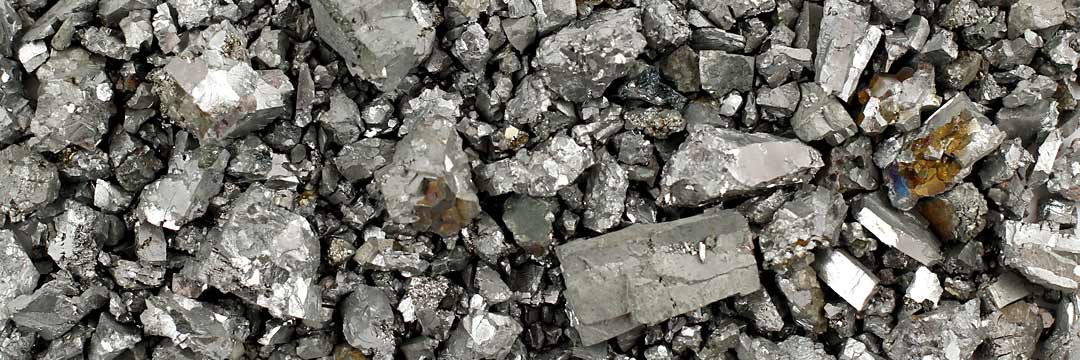Case-hardening steel
Case-hardening steel normally has a carbon content of up to 0.25% and this relatively low carbon content makes it an inherently tough material. Using the case-hardening technique, a carbon content of 0.65% to 0.9% is infused into the surface layer during the carburization phase of the casting process. By controlling the time at temperature and the carbon level, the depth to which the carbon diffuses can be controlled, and thus the ratio of “case” to “core” can be adjusted to suit any requirement. The alloy constituents of each case-hardening steel also play a crucial role in this process. Carbide formers such as chromium (Cr), molybdenum (Mo) and vanadium (V) contribute significantly to increasing the wear resistance of the surface layer in case-hardening steel. To give the carburized case-hardening steel the required toughness and ductility, following carburization it is quenched in gas, oil, polymer or water and then tempered at 150 to 200°C.
| DIN-No. | Designation |
| 1.0401 | C15 |
| 1.5919 | 15CrNi6 |
| 1.7132 | G16MnCr5 |
| The above is a selection of typical investment casting materials, further options on request. | |


 English
English Deutsch
Deutsch 